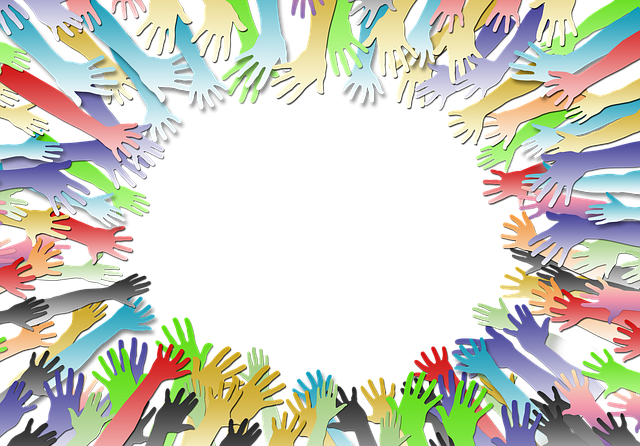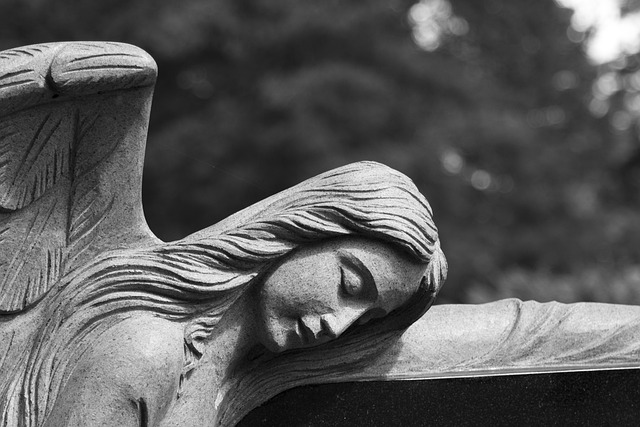Cremation and traditional funerals offer distinct choices for end-of-life rituals. Cremation has become a popular alternative due to its cost-effectiveness and environmental friendliness, providing various memorialization options from simple ceremonies to elaborate services, with the flexibility to keep ashes in a columbarium niche, scatter them in a meaningful location, or use them as keepsakes. It honors lives in different ways and is noted for its adaptability. In contrast, traditional funerals typically involve embalming, viewings, religious services, and culminate with burial in a cemetery plot, offering a lasting place of remembrance that is steeped in cultural and religious significance. Both options allow for personalized celebrations of life through music, readings, and other tributes. Choosing between them involves considering personal preferences, family expectations, community customs, emotional significance, costs, customization, and environmental impact. Cremation services are often more affordable than traditional burials and have a lower carbon footprint, making them an attractive option for those who prioritize sustainability. As global perspectives shift, cremation is increasingly accepted across cultures, reflecting the diverse ways individuals choose to remember and honor their deceased loved ones.
When contemplating end-of-life arrangements, individuals and families face significant decisions between cremation and traditional funeral services. This article offers a comprehensive examination of both practices, highlighting key differences in terms of cost, customization, environmental impact, and cultural significance. By exploring ‘cremation services’ versus traditional funerals, readers will gain valuable insights to inform their personal preferences and ensure informed choices aligned with their values and financial considerations. Join us as we navigate the nuances of these two distinct ceremonial options, ensuring you make decisions that honor life and cater to individual needs.
- Understanding Your Options: A Comparison of Cremation Services and Traditional Funerals
- Evaluating Costs, Customization, and Environmental Impact: Cremation vs Traditional Burial Practices
- Cultural Considerations and Personal Preferences in Cremation and Traditional Funeral Decisions
Understanding Your Options: A Comparison of Cremation Services and Traditional Funerals

When contemplating the end-of-life rituals for oneself or a loved one, understanding the options available is paramount. Both cremation services and traditional funerals serve as meaningful ways to honor a life lived, each with its unique characteristics. Cremation has emerged as a popular alternative to traditional burial, offering flexibility and simplicity in memorialization. It allows for various commemorative options, from a modest ceremony to a more elaborate service, with the cremated remains often being interred in a columbarium niche, scattered in a meaningful location, or kept by family members as keepsakes. This option can be particularly appealing due to its cost-effectiveness and environmental considerations compared to traditional funerals.
In contrast, a traditional funeral typically involves embalming, a viewing or visitation, a religious service, and finally, burial in a cemetery plot. This more conventional approach offers a tangible place of remembrance for future generations to visit. It often includes rituals steeped in cultural and religious significance, providing comfort and closure through a well-established set of practices. The traditional funeral experience can also be personalized with various elements such as music, readings, and other tributes that reflect the deceased’s life and personality. Both cremation services and traditional funerals provide opportunities to celebrate and remember a life in ways that are deeply meaningful to those who mourn, each with its own set of rituals, customs, and emotional weight. Choosing between these options involves considering both personal preferences and the expectations of family and community.
Evaluating Costs, Customization, and Environmental Impact: Cremation vs Traditional Burial Practices

When considering the options between cremation and traditional burial practices, evaluating costs is a critical factor for many individuals and families. Traditional funerals often involve embalming, a casket, a vault, and a burial plot, which can accumulate to be significantly higher than cremation services. The average cost of a traditional funeral in the United States is several thousand dollars, whereas cremation services typically range from a few hundred to a couple of thousand, depending on chosen add-ons such as memorial services, urns, and commemorative items. This price difference can be particularly impactful for those on a budget or planning ahead financially.
Customization and environmental impact are also significant considerations that differentiate cremation from traditional burial. Cremation services offer a variety of options for memorializing a loved one, including scattering ashes in meaningful locations, keeping ashes in an urn at home, or even incorporating ashes into jewelry or art. This flexibility allows for deeply personal experiences that reflect the individuality and preferences of the deceased. In contrast, traditional burials are more standardized with less scope for post-burial handling of remains. From an environmental perspective, cremation has its own challenges, including emissions and energy consumption, but it is generally considered to have a smaller carbon footprint than traditional burial practices, which use embalming fluids, non-biodegradable caskets, and often concrete vaults that can disrupt local ecosystems. Both options come with their environmental considerations, making it important for individuals to weigh these factors based on their values and the impact they wish to have.
Cultural Considerations and Personal Preferences in Cremation and Traditional Funeral Decisions

Cultural traditions and personal preferences significantly influence decisions between cremation and traditional funeral services. Culturally, cremation has long been a common practice in countries like India, Japan, and China, where it aligns with religious and philosophical beliefs. In contrast, Western cultures traditionally favored burial, reflecting a sense of permanence and respect for the deceased. However, as global attitudes evolve, there is an increasing acceptance of cremation across diverse societies. This shift is partly due to environmental considerations, as cremation is often seen as a more sustainable option compared to traditional funerals.
On a personal level, individuals may choose cremation services for reasons ranging from simplicity and affordability to alignment with their beliefs or the deceased’s expressed wishes. The process of cremation offers flexibility in memorialization, allowing for a variety of ceremonies that can be as formal or informal as desired. Additionally, the ashes can be kept in urns, scattered in meaningful locations, or even incorporated into jewelry or art, providing a lasting tribute. Traditional funerals, on the other hand, may offer solace through rituals steeped in tradition and community involvement. The act of burying the deceased can symbolize a final resting place, offering a tangible focal point for grief and remembrance. Both options are deeply personal choices, influenced by cultural heritage and individual values, and reflect the diverse ways communities honor life’s end.
In conclusion, the decision between cremation and traditional funeral services is a deeply personal one that can be influenced by various factors including cost, cultural significance, environmental concerns, and individual preferences. Cremation has emerged as a viable alternative to traditional burial, offering a more budget-friendly and eco-conscious option while still allowing for meaningful rituals and memorialization. By understanding the nuances of each service, individuals can make informed choices that align with their values and needs. Whether one chooses cremation or a traditional funeral, the essence of honoring a loved one’s life remains paramount. Each option provides an opportunity to celebrate and remember, ensuring the legacy of those we cherish continues in a manner that is both respectful and fitting.
